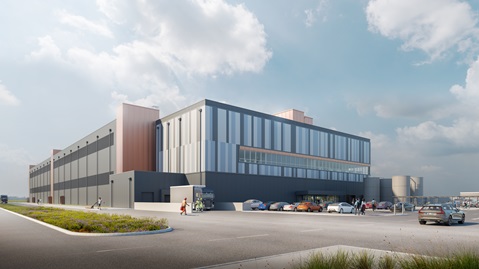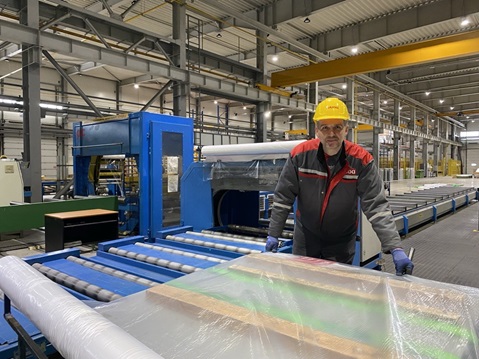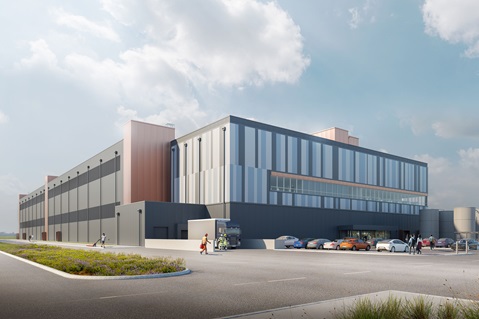We make sustainable steel-based and sustainable wall and roof structures for construction professionals. In addition we offer customers and partners with design and product optimization services.
Our products are mainly designed for logistic centres, commercial and industrial buildings, office buildings, sports halls and arenas.
Latest news
Latest blog posts

Innovative building products set a new standard for sustainable digital infrastructure

Ruukki introduces bio-based coating as step towards carbon neutral building products

Ruukki and SSAB donate roofing products for reconstruction in Ukraine

Ruukki to deliver sandwich panels with SSAB Fossil-free steel to new AWS data center in Sweden
Are low carbon building and sustainable building the same thing?
|
Different materials have advantages over different lifecycles. The positive side of timber structures is that they work as carbon sinks in the building as long as the building is in use, but after demolition, the structures are usually used as energy waste, and the carbon dioxide bound in them is released back into the atmosphere. In addition, if logging and wood construction are now significantly increased, it will reduce the carbon sequestration capacity of forests, as a regenerated forest will only bind the same amount of carbon dioxide after decades. The steel production stage generates a lot of emissions, but once produced, steel circulates virtually forever and contributes to the reduction in future steel production emissions proportionately to the amount of recycled steel used. Steel structures can also be easily implemented so that they can be quickly dismantled and re-used in the future with little refurbishment. The final carbon footprint depends heavily on how different lifecycle phases are weighted. These priorities have not yet been defined and active debate on the subject is desirable when European countries develop their own regulations on carbon footprint reductions in buildings.
Sustainable construction aims, of course, at more than just carbon footprint. If a cap on carbon footprint is defined for different building types as a separate measure, will this lead to a low carbon footprint at the expense of other sustainable construction indicators? In the German DGNB environmental certification, carbon footprint is only one element in the environmental quality of a building. Other criteria for a sustainable building include: the technical, economic, operational and process quality of the building. Some concrete measures from these criteria include, for example, building flexibility and adaptability, noise insulation, façade maintenance, and demolition or reusability of structures. Metals meets well many of those criteria and by their very nature are durable, low maintenance with minimal running costs, easy to identify and dismantle whilst retaining their market value and easily returned to the value chain.
The calculation system in regulations must not be too complicated, but it’s clear that carbon footprint alone can’t define the sustainability level of buildings. Designers and the industry need to be given an opportunity to make innovative and sustainable solutions using all materials.
.tmb-479v.jpg?sfvrsn=607438b5_1)
Webinar recording collection
Please explore our our comprehensive collection of webinar recordings, designed to address the unique challenges and opportunities within construction. Each session is carefully crafted to provide you with practical knowledge, innovative solutions from project management and safety practices to the latest in construction technology and sustainability.
Click image to study more!



.tmb-250x190.jpg?sfvrsn=607438b5_1)












